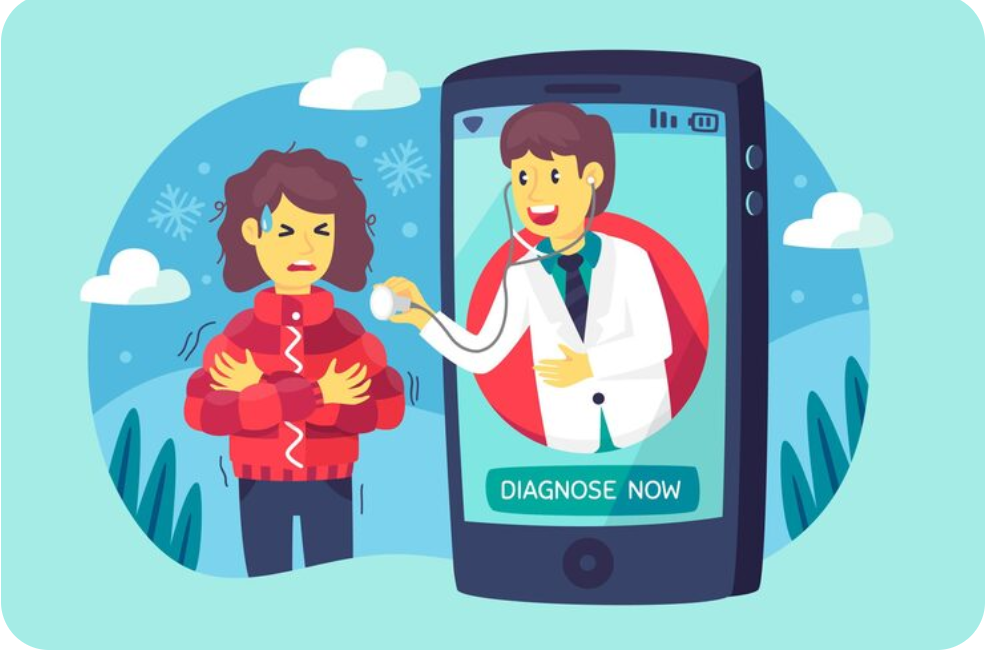You invest in a patient communication solution expecting big changes: fewer calls, faster follow-up, better patient satisfaction. But a few months in, the phones are still ringing, staff are still overwhelmed, and patients are still showing up unprepared—or not showing up at all.
So, what happened?
The Tool Was Never Fully Integrated
The first problem is often technical, but it shows up in workflow. If your communication system doesn’t pull real-time data from your EHR—or requires staff to log into multiple platforms—it won’t deliver the seamless experience it promised. Instead, it creates workarounds, confusion, and more admin time.
To fix this, look for a patient communication solution that integrates with your EHR natively, so everything from reminders to intake to scheduling happens in the same flow for both patients and staff.
The Messages Don’t Fit the Workflow
Generic reminders and one-size-fits-all messages don’t reflect the reality of medical care. A surgical consult needsdifferent prep than a flu shot. A new patient needs different instructions than someone on a follow-up.
If your communication platform can’t tailor its messages by visit type, location, or patient language, it won’t land. Instead, patients call with questions, miss steps, or simply skip the visit altogether.
Fix this by using a platform that adapts messaging based on your actual scheduling logic and clinical needs—not just a calendar.
The Patient Experience Was an Afterthought
Many systems are designed to make life easier for staff—which is important. But if they add friction for patients, they won’t work. Long forms, hard-to-read messages, and dead-end text threads are all reasons patients stop engaging.
To fix this, prioritize tools that make things easier for patients. Shorter forms. Clear call-to-action buttons. Support for multiple languages. Mobile-first access. The goal is to make the patient’s next step simple and obvious.
The Team Wasn’t Trained (or Never Bought In)
Even the best platform fails when staff don’t know how to use it—or don’t see its value. If adoption is uneven, patients get mixed signals. Some get reminders, some don’t. Some get follow-up, others fall through the cracks.
Fix it with training, champions, and a rollout that includes staff feedback. The platform should support your team—not add another system to juggle.
When implemented thoughtfully, patient communication software can do what it promises: save time, reduce no-shows, and improve care. But only if it’s more than a checkbox. It has to work—for your team and your patients.














Leave a comment